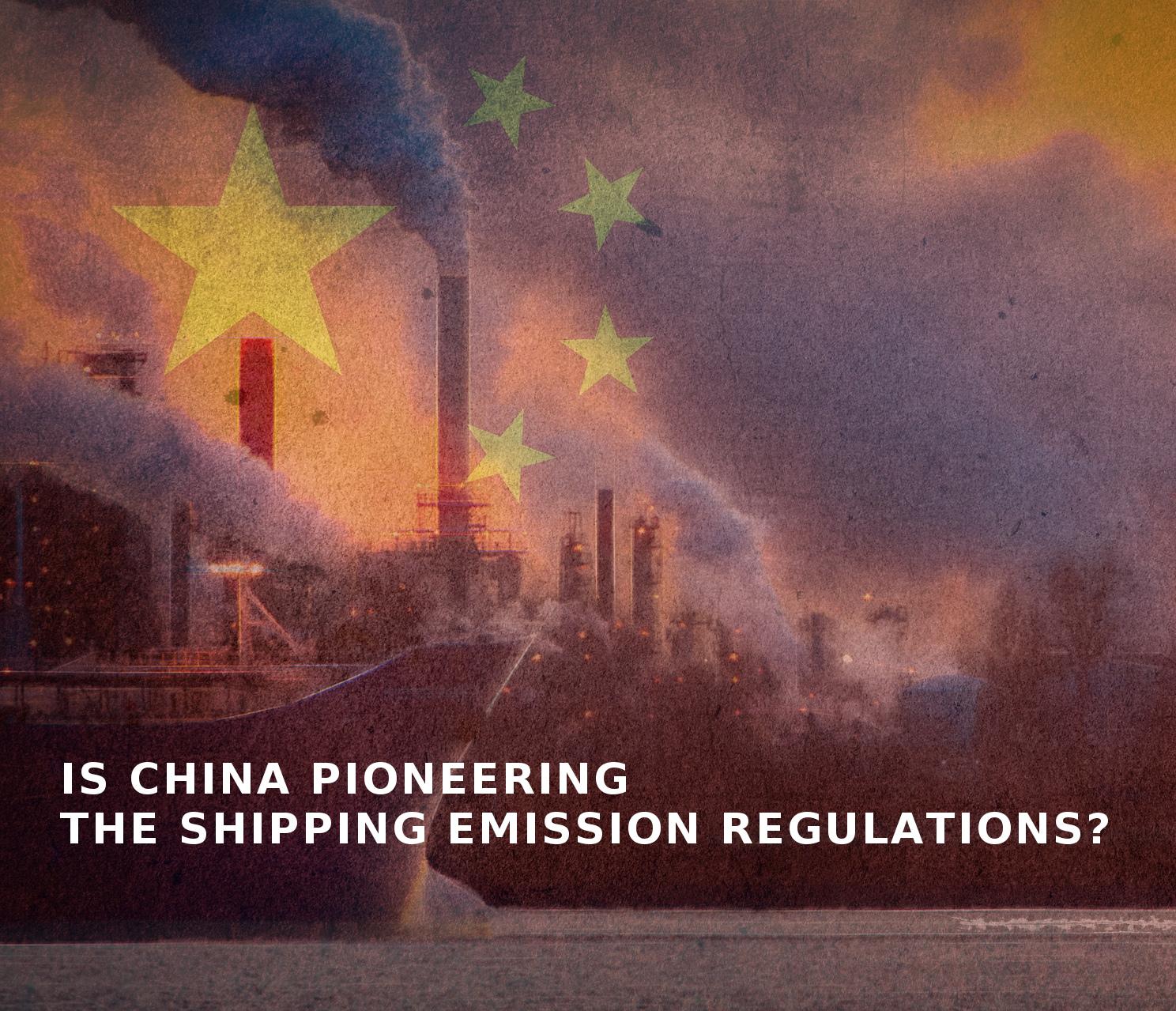Chinese Emission Control Areas

Air pollution. It has been an issue globally and especially in Asia for long time. There are still those who deny the climate change and President Trump is bulldozing pollution control measures restricting American industries. Nothing is more important than competitiveness of national industry which will not be hindered even to preserve our planet. America first. Game is on.
Global manufacturing naturally requires global trade. Global trade requires movement of goods which is dominated by shipping over other transport modes. Shipping has been able to stay so competitive due to its adaption to burn bottom-of-the-barrel HFO with high Sulphur content. HFO used by majority of global merchant fleet is basically what is left after refineries produce their primary products, such as gasoline, kerosene and diesel. Being a waste, price is also low. Ships sail cheaply, and trade goes on fueling economic growth.
However, Sulphur emissions have been shown to have serious impact on human health causing asthma, lung diseases and lung cancer to those exposed. Estimates vary, but a study submitted to IMO in 2016 by Finland (MEPC 70/INF.34) estimates shipping related Sulphur emissions to cause over 100,000 premature mortalities annually.
Baltic Sea and parts of North Sea have been subject to Sulphur emission control since 2005 due to MARPOL Annex VI. Established Emission Control Areas (SECA) forced ships to burn fuel with lower Sulphur content than ships operating on high seas. Biggest deduction came in the beginning of 2015, when Sulphur content within SECA’s was limited to 0.1%, while other areas of the world could still steam forward burning 3.5% bunker. Costs increased but environment and human life was deemed more important. The United States coastal waters and some Pacific islands have also been subject to IMO SECA limitations.
Before the 2015 deadline, scrubbers were expected to provide a convenient way out by limiting the impact of cost increase. By using scrubbers, ships could still burn the same dirty HFO while simultaneously complying with the emission regulations. Belgium and Germany disagreed and effectively imposed limitations on open-loop scrubber usage on their territorial waters. These regulations are however based on false assumptions on the work mechanisms of the open-loop scrubbers assuming that Sulphur is simply dumbed into the sea rather than to the air. This assumption is wrong and regulations to limit scrubber usage are nonsense.
Then how about China? Their industry is so strong there is no way they have imposed any regulations on shipping… WRONG! China is in forefront on reducing the ship-based emissions. When the global 0.5% Sulphur gap will be enforced by IMO from the beginning of 2020, China has already been enforcing same limit for one full year.
China started its journey towards greener shipping by implementing its own emission control areas in 01/01/2016. There are three Domestic Emission Control Areas (DECA) covering the large sea areas around Hong Kong, another one covering areas around Shanghai, and third one in Bohai Sea. Chinese regulation on emission control is implemented in four stages starting from 01/01/2016 when ports within the DECA’s could impose their own Sulphur limitations to ships calling them. Consequently, 2017 and 2018 saw regulation growing tighter and tighter in yearly intervals, while the last step will be enforced from the beginning of 2019, when ships entering Chinese DECA’s are forced to burn fuels with Sulphur content less than 0.5% or use scrubbers. China has also left the door open for introducing even tighter regulation or increasing the size of DECA’s. The options will be reviewed before the end of 2019.
It has been great to watch China battling air pollution and fog surrounding its major cities and seemingly sparing no effort to be a pioneer on greener future for its upcoming generations. Road is long, but steps are being taken into the right direction.
About Author

Tuomo Keltto
Tuomo Keltto is a logistics engineer who continued his studies in Seoul, South Korea. He studied at the Korean Government scholarship for a Master's degree in international trade and logistics. Now he is back in Finland and he works at Neste in Porvoo. - He has previously been in Steveco Hietanen for three summers as a temporary stevedore and as a foreman for one summer.
